An accidental discovery was made by a Turkish homeowner when he knocked down a wall in his basement, uncovering a concealed chamber that granted access to an underground tunnel.
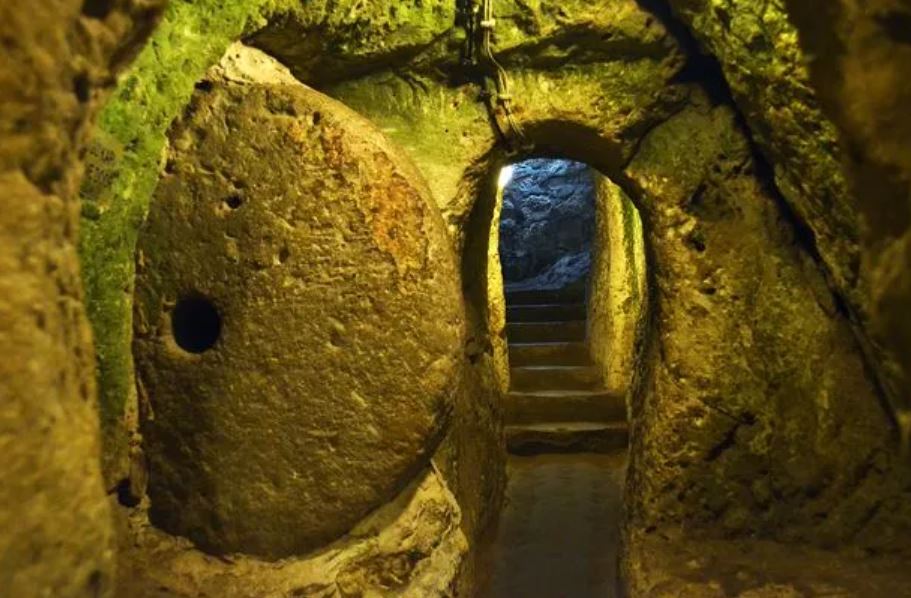
The stunning images show the sprawling 18-story subterranean city, which led him to the ancient city of Derinkuyu.
Photos of the preserved city showcase its capacity to accommodate around 20,000 residents, along with their livestock and ample food provisions, all located 85 meters below the surface.
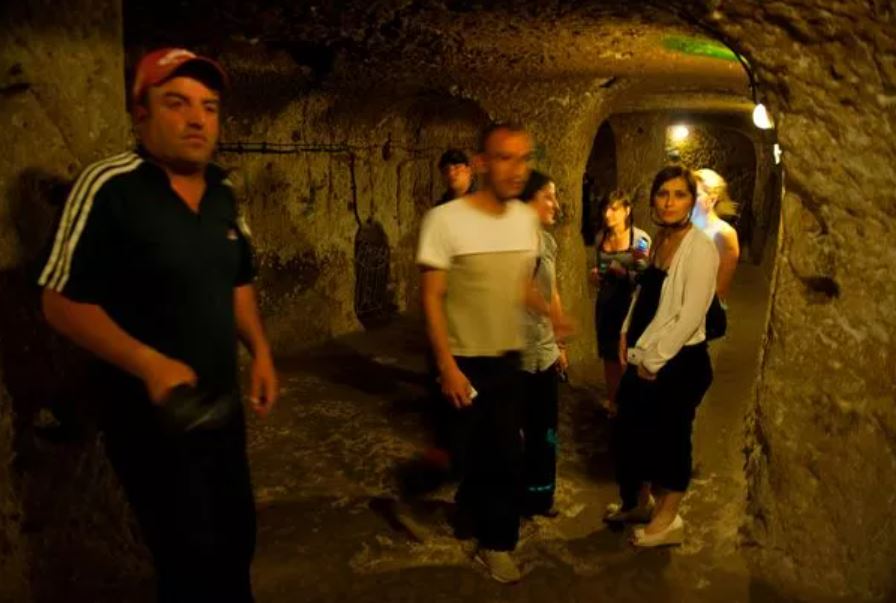
An incredible underground city was created during the Byzantine era between 780 and 1180 AD. This intricate labyrinth of structures encompassed kitchens, stables, churches, tombs, wells, communal spaces, and even schools.
It is believed to have served as a refuge, offering protection to its inhabitants from the conflicts arising from the Arab–Byzantine wars.
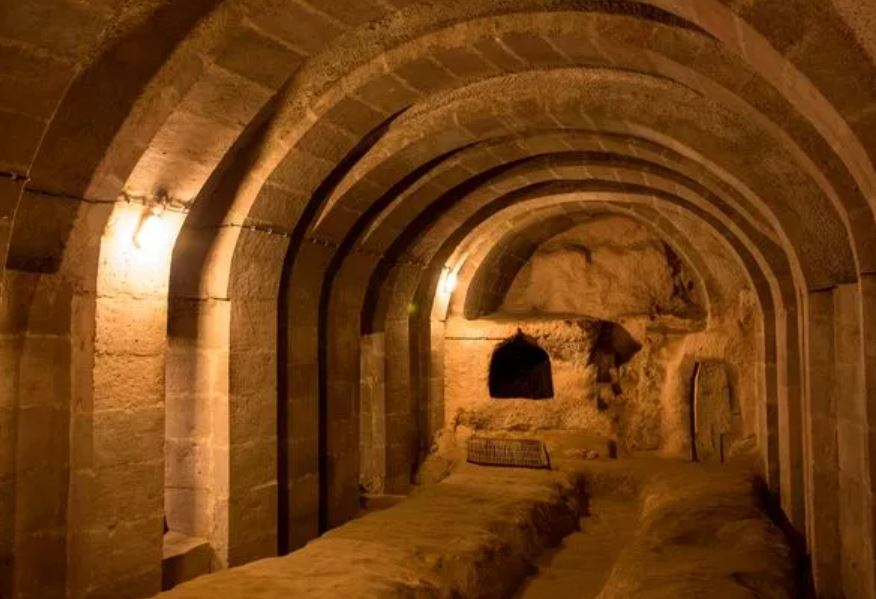
Throughout this era, the ancient city saw the incorporation of cave-like chapels and Greek inscriptions. Remarkably, the city boasted approximately 600 entrances that facilitated coming in and out of its underground expanse.
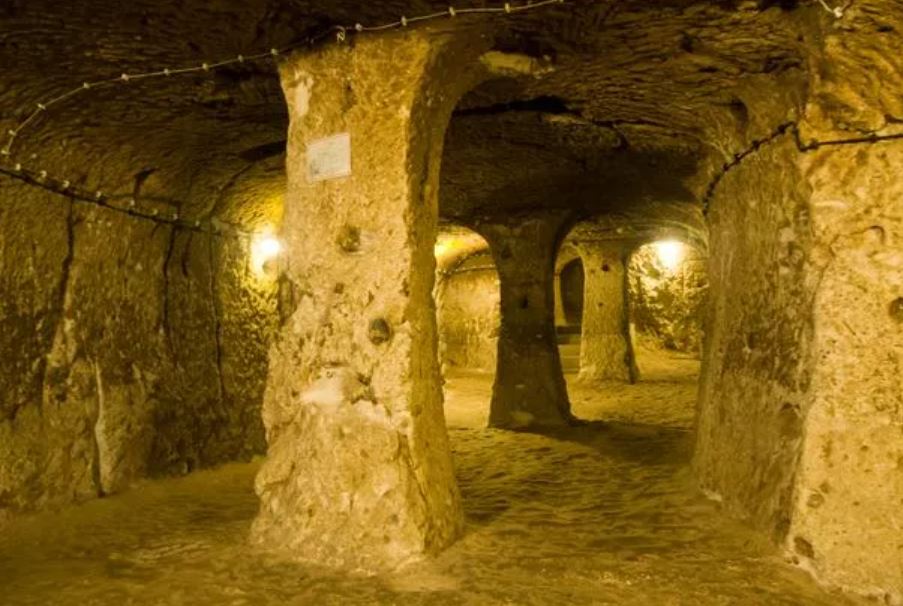
To enhance security, sturdy stone doors were employed to seal off Derinkuyu in order to fend off intruders. What's more, each floor could be isolated individually, adding an extra layer of defense.
Surprisingly, Derinkuyu isn't the only one of its kind. However, it is one of the largest underground cities.
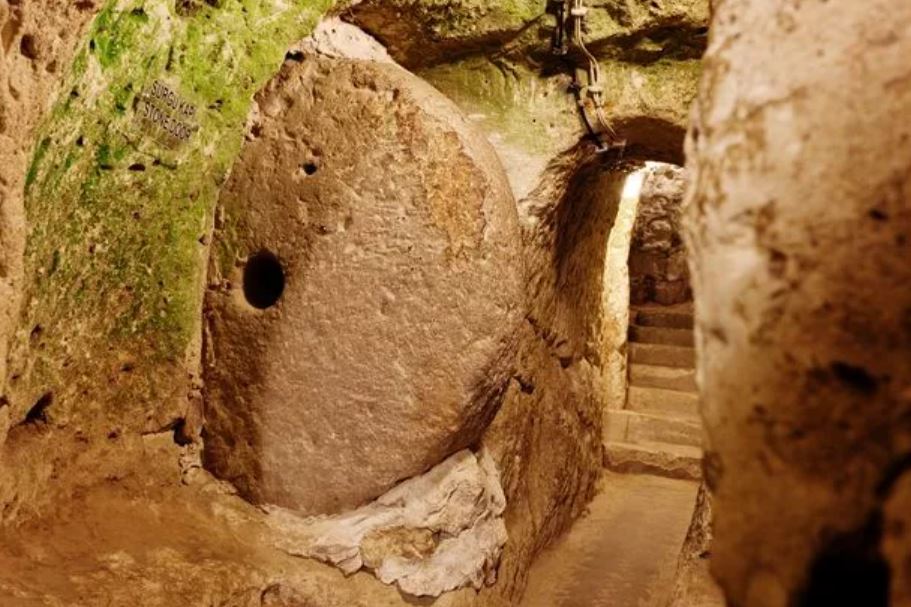
According to specialists from Made In Turkey, the origins of the city can be traced back either to the 15th century BCE or the 7th century BCE. Indications suggest that parts of the area may have remained in use until the early 1920s. However, it was forgotten when Christians in the region were displaced from Turkey and resettled in Greece
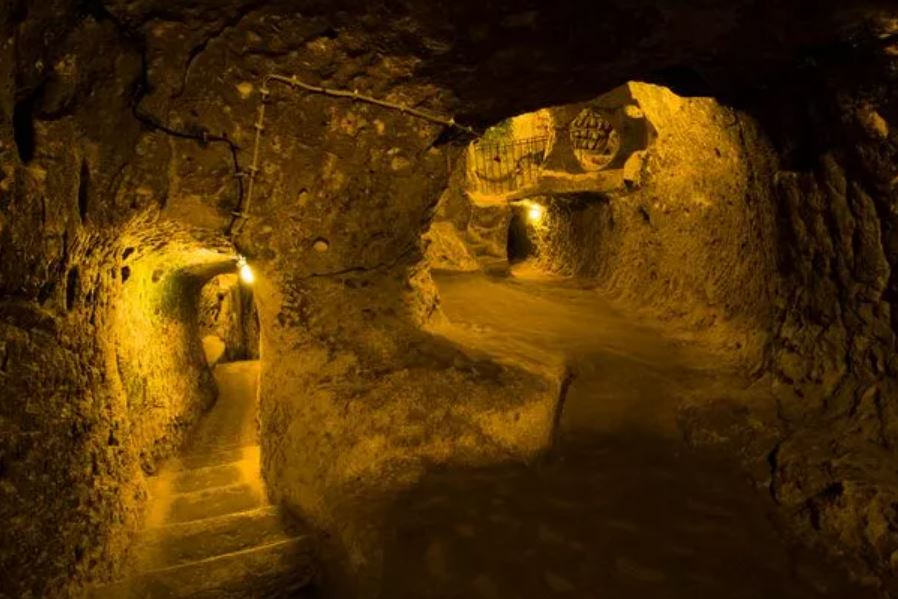
They said: “When the Christians got to Cappadocia and discovered the city, they expanded and modified its existing structures by adding churches, schools, wineries, and other chambers that suited their needs.
“It is estimated that Derinkuyu could sustain up to 20,000 inhabitants and their animals at a go.”






